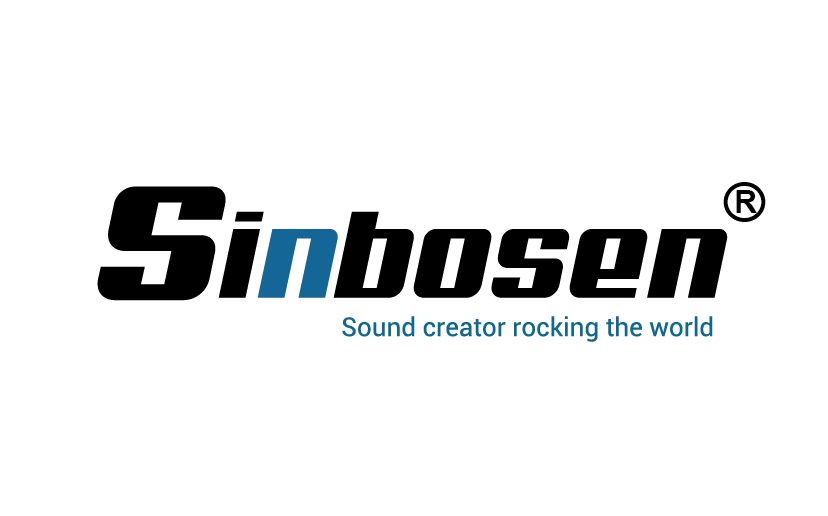Why does professional power amplifier have bridge connection? What does the bridging function do?
Bridge mode is a connection method for power amplifiers in the professional audio field.
Most professional audio amplifiers support bridging. Set the status of the amplifier to bridge mode (BTL), and then the speaker wiring is connected across the output stage (positive) of the two channels, and the speaker is not grounded. As for the phase positive and negative, the power amplifier will have the positive and negative poles of the BTL.

The bridging of the audio power amplifier is to push the output ends of the two amplifier circuits into a group of loads (speakers or speaker systems) at the same time.
When bridging, the audio waveforms output by the two amplified circuits are inverted and loaded on the speaker at the same time, so that the load has twice the audio voltage and the power is increased by four times (under the condition that the ideal current is sufficient, and the load impedance is the same .
However, due to power limitation, the current cannot keep up, so the bridge is often not suitable for impedances below 8 ohms, so the output power is generally doubled)
Most professional performance, KTV and other power amplifiers support the bridge mode. After adjusting the power amplifier to the bridge state, the speaker does not need to be grounded (the black negative terminal is not connected), and the speaker wiring is connected across the two red output stages. The red terminal will indicate the phase of the bridge (that is, the positive and negative poles).
So, under what circumstances do you need to use the bridging function and how to bridge it? How to calculate the power after the bridge is connected and what harm does the use of the bridge have to the sound?

1. Why bridge:
1. In early power amplifier products, due to the limitation of component parameters, a single channel could not achieve high power output. Using the bridge mode can alleviate the desire for high power output;
2. When the single channel power of the power amplifier is not enough to drive high-power speakers (such as dual 18-inch ultra-low speakers), the bridge mode needs to be used to meet the high-power requirements of the speakers;
3. In order to save costs, the higher the single-channel power amplifier, the more expensive the price, the use of bridge mode can meet the high-power output;
4. There is a certain distance between on-site wiring, a large number of speakers and a large power demand, and the environment is relatively special, the bridge mode will be used to promote multiple high-power speakers.

2. How to bridge:
1. Analog power amplifier
Generally, the input interface board is equipped with a code switch, and the switch is changed from studio (stereo) to bridge (bridged mono) behind the power amplifier
Connection method: connect the positive pole of the speaker to the positive pole of the left channel of the power amplifier, and connect the negative pole of the speaker to the positive pole of the right channel of the power amplifier. The volume is controlled by the gain knob of the left channel!
2. Digital power amplifier
Generally, the input terminal of the interface board has a bridge button; when using the bridge function, the bridge button needs to be in the ON state, but there is no bridge status indicator;
When using the bridge function, any port of the two output SPEAKON sockets is connected to 2+, 2-.
Tips:
Because the output power of the digital power amplifier is very large, in order to reduce the contact resistance of the port (to reduce the heat generation), it is best to use the parallel connection method, OUT1 (1+, 2+) connects to the speaker terminal 1+, OUT2 (1-, 2-) Connect 1- on the speaker end.
3. How to calculate the power after bridge connection:
Take a single channel with 8 ohm load power 200W as an example, at this time, each channel U=Ua=Ub=40V, after bridge Uab=Ua-Ub=40V-(-40V)=80V, when calculating the power P=U*U /R=80*80/8=800W, the same input signal, it can be seen that when the same impedance load is connected after the bridge, it is four times the single channel power.
However, in actual applications, due to the power problems provided by the internal power supply of the power amplifier, the line loss, the internal resistance of the power amplifier and other comprehensive factors, generally cannot reach the ideal 4 times the power output. The digital power amplifier with better quality is 3.75 times and the analog power amplifier is full. The power is only about 2.5.
4. what is the damage to the sound of the bridge connection:
Ⅰ. The power amplifier bridge is often used for high-power low-voice speakers.
Theoretically speaking, it has an impact on the sound quality, but the human ear can't hear it. If you use a bridged amplifier to push the full range, the sound from the speaker will make people feel very refreshing. Just grasp it, usually it is It won't burn.
It is common to burn speakers in a disco. The main reason is that the power configuration is not good, or the pressure limit is not adjusted properly, and that is, the DJ mixer level is at the end, the input level of the mixer is at the end, and the output power If the level is less than -10dB, it will burn.
Ⅱ. Choosing the power amplifier bridge to push the loudspeaker is the next best thing for the system application, and it is a trick with no tricks. Theoretically, the power is doubled and it can be advanced.
But users have overlooked a very important question. Theoretically speaking, the power amplifier bridging refers to the situation that the technical parameters of the two channels are completely the same, but it is completely impossible in practice. Even the top foreign power amplifiers are very It is difficult to make sure that the channel is at the mercy.
Therefore, the improper power mismatch caused the horn to burn when bridging. The first thing to do is the crossover distortion caused by the bridging and the imbalance of the parameters of the two channels. So the improper bridging is the power mismatch. The burning of the horn is mainly caused by the crossover distortion caused by the bridge and the imbalance of the parameters of the two channels.
Bridging is like having your legs and hands tied together. When you use it, you have to maintain the harmony of your actions, or you will make mistakes.
Ⅲ. The double "18" or double "15" or double "12" ultra-low sound is usually 4 ohms. As long as the function can be bridged under 4 ohms, there is no doubt about it, and it has nothing to do with the working method. The reason why the power amplifier is so powerful is that the internal circuit is bridged.
Ultra-low sound power Generally speaking, the power amplifier can be 3 times the extra power of the speaker.
There are many factors to burn speakers, except for the hardware itself, it is usually caused by improper operation of the personnel.




